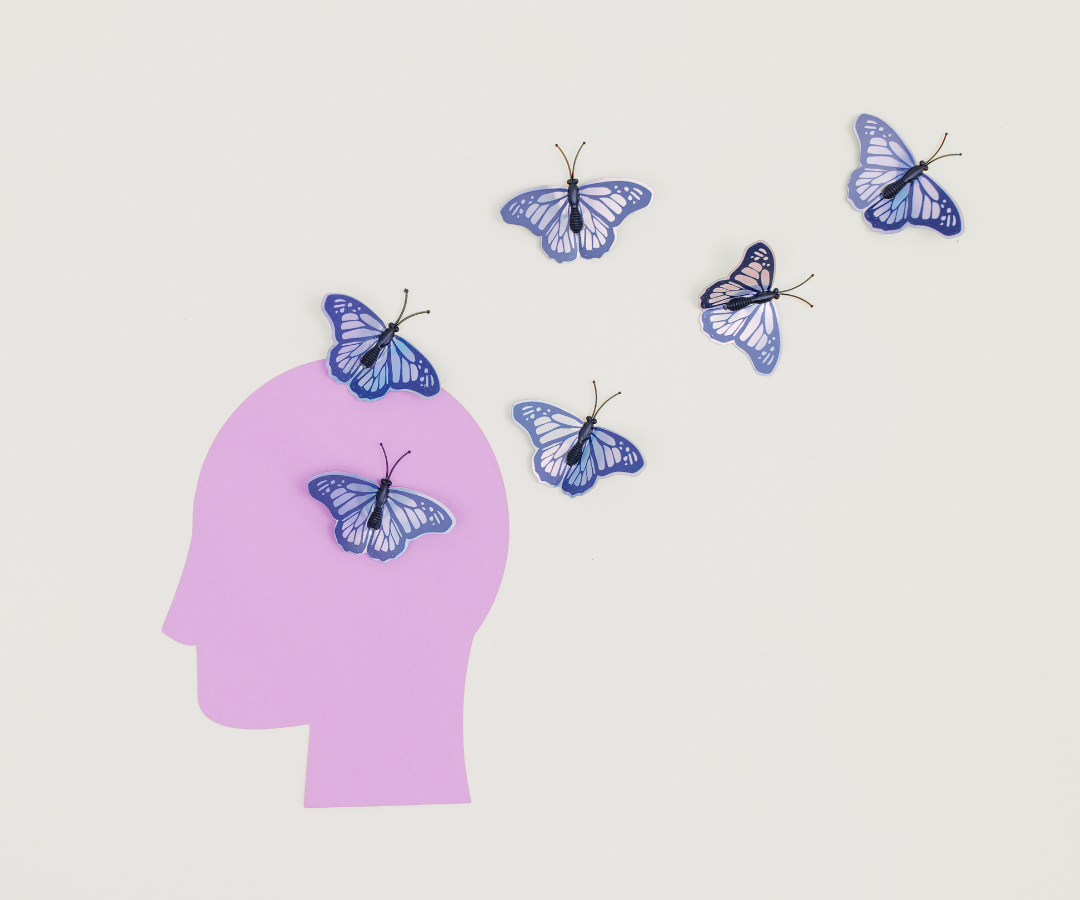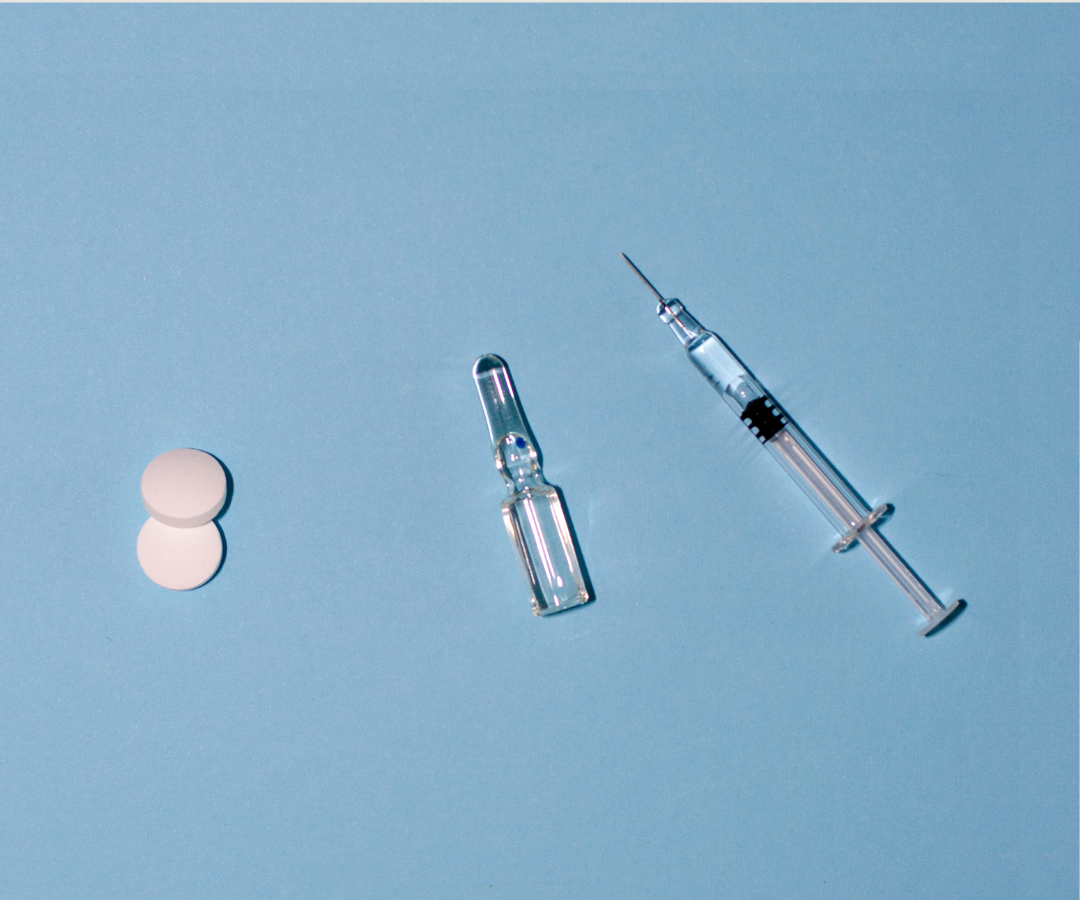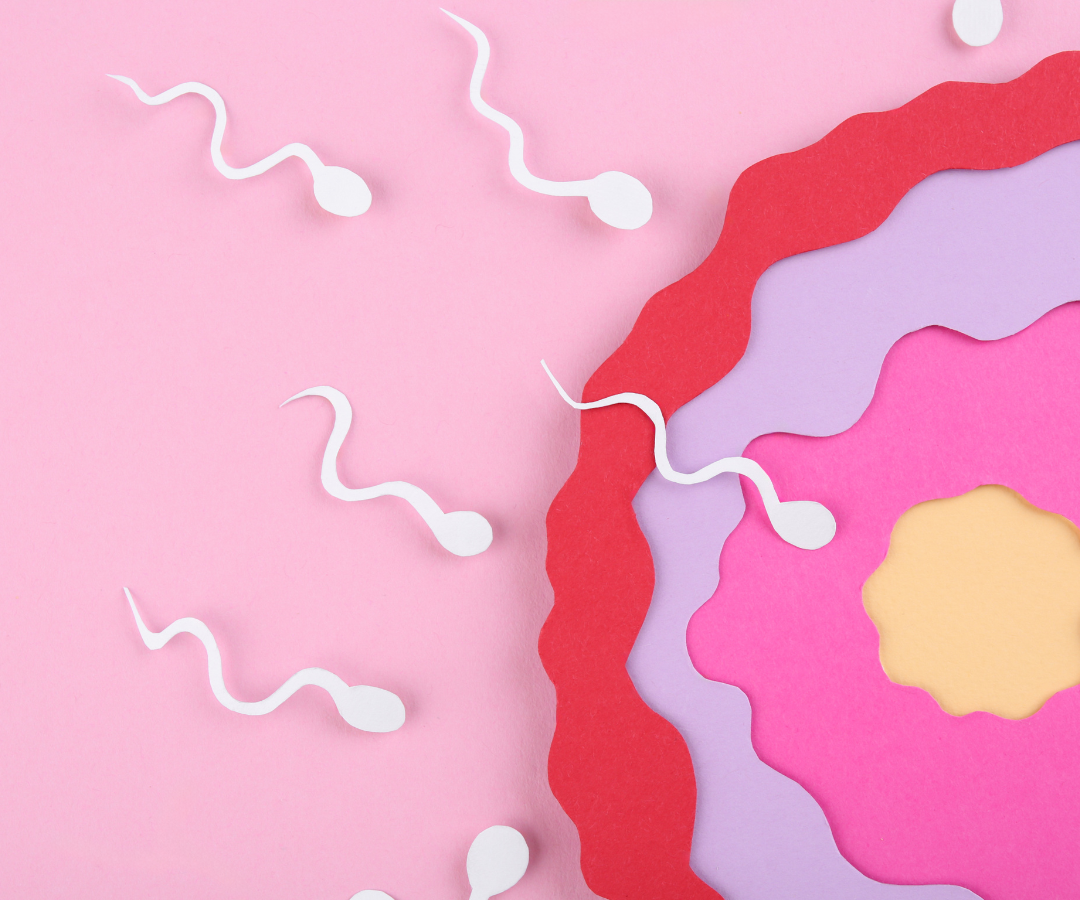Living on the Edge
Postpartum anxiety led me down a trail of panic, tears, exhaustion, and eventually, salvation.
“Zoloft is bringing me closer to enlightenment,” I told my shrink, 14 months after giving birth to my daughter and five months after I realized that postpartum anxiety had rendered me a sleepless, nauseated, unrecognizable wreck. Seventy-five milligrams daily not only had brought back the person I had been before, but had helped me tap into a more relaxed, confident, and happier existence than I had ever known.
Getting there was a rough and at times treacherous road, lined with warning signs I ignored. I caught a glimpse of what was to come just five days after delivering, when, shivering with a fever from an undiagnosed uterine infection, I made my husband repeatedly promise he would never leave me to raise our daughter alone.
Then there was the flu scare six months later, when my daughter and I were both sick. Had it not been for her relaxed disposition, my compulsive, repetitive taking her temperature (rectally, no less) would have veered into the realm of child abuse.
Another three months later, while we were on vacation in Jamaica, my daughter face-planted off a high fancy hotel bed onto a concrete floor. A local doctor assured us she would be fine, but the fear that she wouldn’t completely undid me.
Months of being unable to eat, sometimes vomiting before work, and lying awake at night, certain disaster was about to strike, finally caught up with me that day. On a patio overlooking the Caribbean, I sobbed uncontrollably and repeated, “I want out. I want out.” I didn’t mean I wanted out of my family; I wanted out of my mind.
If only I’d known then that I was far from alone. Two scientific studies in the United States and Germany have found that women are two to three times as likely to suffer from anxiety disorders after giving birth as from depression.
And yet, as of 2009 postpartum anxiety is where postpartum depression was in the early ‘90s, according to Laura Miller, MD, the director of women’s mental health at Brigham and Women’s Hospital in Boston: no specific diagnosis, no effective screening, no public awareness.
A handful of psychologists and reproductive psychiatrists (specialists who study the impact of hormonal changes during the reproductive years and the medical consequences of taking medication while pregnant or breastfeeding) are working to change that. But realistically, it will take a “public outcry,” says Miller.
Ironically, many women who have the disorder don’t speak up. Among its main characteristics are intrusive thoughts about accidentally or intentionally harming the baby and thus the fear of being deemed a threat to one’s child.
“Women are used to handling things, so they assume it’s all part of new motherhood, white-knuckle it, and push through,” says Margaret Howard, PhD, the director of Women and Infants Hospital in Providence. “We explain to patients that it’s a matter of degree. We want new parents to be a little bit anxious because that can go a long way toward their being vigilant and focused. But it’s not supposed to feel horrible day after day after day.”
The diversity of anxiety symptoms is another pitfall to proper diagnosis. Common anxiety disorders striking new moms are obsessive-compulsive disorder, or OCD (marked by repetitive, intrusive thoughts and fears); panic disorder (which causes physically debilitating attacks including chest pain, shortness of breath, and dizziness); generalized anxiety disorder (excessive, constant worry lasting more than six months); post-traumatic stress disorder (for which symptoms include tension and having frightening thoughts and dreams); and social phobia (a constant fear of being watched or judged).
Depression’s list is much shorter, says Amy Wenzel, PhD, a clinical associate of psychology in psychiatry at the University of Pennsylvania School of Medicine. And if general practitioners and ob-gyns screen for anything, she says, “it’s lack of enjoyment and a depressed mood” – symptoms not usually associated with anxiety. To confuse matters further, anxiety can be a depression symptom, so doctors may not be able to tell them apart.
Yet in the most significant U.S. study of postpartum anxiety, Wenzel and her colleagues at her previous post at the University of North Dakota found that women were three times more likely to suffer from anxiety than postpartum depression. Out of 147 women surveyed eight weeks after giving birth, 8.2 percent had symptoms of generalized anxiety disorder, 2.7 percent had OCD, 1.4 percent had post-traumatic stress disorder, and 4.1 percent had social phobia; 4.8 percent had postpartum depression.
A far smaller number of women suffer from postpartum psychosis, a very rare disorder – 1 in 1,000 births – characterized by extreme, delusional thinking that, untreated, can in even rarer instances lead a mother to kill her baby. And when that happens, as in the cases of Susan Smith and Andrea Yates, we hear about it.
Simply put, the key difference between postpartum anxiety and depression is that “women with anxiety tend not to feel the overwhelming sadness, guilt, and lethargy of postpartum depression,” says Howard. “They’re paralyzed in a different way. It’s a bad feeling to not be able to relax – it’s exhausting.”
“I felt like an awful monster was coming and threatening me,” says Ellen, writer and mother to a young daughter in San Francisco. “I’d have beautiful moments out on the back porch, showing her the palm trees, and then I’d have this image of throwing her over the edge.”
For more than a year after her daughter was born, Ellen was so afraid she would harm her – stab her with a sharp object, toss her off a freeway overpass – that she avoided situations that could bring on that sensation. She was afraid to tell anyone, even her husband, because “I fully expected the reaction to be, ‘Then you shouldn’t be near her.’”
But the truth is, “most new parents have some unwanted thoughts about their babies,” says Jon Abramowitz, PhD, associate chair of psychology at the University of North Carolina at Chapel Hill. People who develop serious anxiety, he says, just manage anxious thoughts the wrong way: “They interpret them as very significant.” For instance, having a sexual thought during a diaper change is “entirely normal,” but someone with anxiety might be worried she’s a “bad person” so she’ll stop changing the baby altogether.
“I didn’t recognize what I had for so long, because I wasn’t depressed,” says Sarah, a mom of three boys in Natick, Massachusetts. “My days were great.” But as soon as night fell, “I’d get a feeling in my stomach like when you’re driving down the road and cop lights come on behind you, and you think, Oh, s#*!, I’m busted.”
She couldn’t put her kids to bed because being in the dark made her sweat, shake, and have diarrhea. She kept the TV on all evening for company, ironed shirts in the wee hours to keep busy, and drank more than she had in her whole life – two glasses of wine every night.
I, too, had repetitive, intrusive fears about my daughter that sent me rushing to the bathroom and kept me from eating and sleeping. The legacy of a difficult pregnancy – mysterious chest pain and inflammation around my heart dogged me for nine months, sending me to the ER twice and laying me up in the hospital for several days – left me on high alert for anything medically wrong with my daughter or me.
When she got sick, I was convinced that the steroids I had taken for inflammation during pregnancy had destroyed her immune system. And no matter how many times the pediatrician told me she was reacting as any 7-month-old would to a bad cold, I was sure she’d never recover. Life seemed far too perilous for her to safely make it to age 18. “You’re not being logical,” my husband would counter to my latest doomsday scenario. At this point, not even weekly sessions with my therapist could keep me above water.
When we got home from Jamaica, I called my friend Genna, a school counselor and mom of two boys in Cincinnati, who I knew had taken an antidepressant after the birth of her first son, Ryan. Like me, she’d had a stressful period leading up to the birth – her husband lost his job, and they moved.
Then Ryan had trouble nursing. Her fear that she couldn’t breastfeed eventually morphed into obsessive worries about her family being killed. Every time her husband was on a business trip, she watched CNN obsessively, sure he’d been in a horrible plan crash. Backing out of the driveway, she would check to make sure Ryan was in his car seat and she wasn’t about to run him over.
Her wake-up call came when she was planning a family trip to Maine: “I believed with 100 percent certainty that the plane was going to crash – I was walking Ryan into a death trap,” she told me.
A week after talking to Genna, I was sitting in the spare, sunny office of a reproductive psychiatrist who’d been recommended by my therapist. She listened to my story, which was punctuated with sobs, then diagnosed me with “anxiety not otherwise specified.” (Translation: It didn’t fit into a specific category, but it was definitely anxiety.) I left with a prescription for the antidepressant Zoloft.
“Once women understand that they don’t have to suffer in silence, effective treatments are waiting,” says Pamela Wiegartz, PhD, coauthor of The Pregnancy & Postpartum Anxiety Workbook. She practices cognitive behavioral therapy, which uses exercises to train the brain to handle and dispel anxious thoughts. It’s one of the most successful treatments for anxiety, but medication and other forms of interpersonal therapy also have high success rates.
The most common meds used to treat anxiety are antidepressants, which regulate the serotonin in the brain (and, in turn, somehow help stop anxiety in its tracks), and benzodiazepines like Ativan and Xanax, which have a sedating effect that alleviates panic attacks and the sleeplessness that exacerbates anxiety.
For Sarah, Zoloft was “a miracle. I tried to be a hero for so long, and then I said, ‘I’m done. Give me the drugs.’ And I got my life back.”
So did I. Three weeks after I began taking the pills, friends started saying things like “It’s great to have you back” and “You sound like yourself again.“Actually, I felt even better than the old Kate. I realized I’d been living with low-grade anxiety my whole life, and for the first time, I could relax and let things go. I could throw dinner parties where the food wasn’t done and the kitchen wasn’t cleaned before guests arrived. I lost my job, yet felt incredibly sanguine about the future. My daughter’s colds and flus were nothing more than cold and flus.
It’s been a little more than a year since I started taking Zoloft. I still get anxious occasionally, but I’ve learned to weather it. I understand now that a general feeling of doom is just a feeling, not a premonition, and I can acknowledge it and move on. It’s the kind of progress my talk therapist is proud of (and I am, too). It means, says my reproductive shrink, that I’ll probably be able to kick the medication someday.
But I’m in no hurry. Postpartum anxiety showed me, in miserable, aching Technicolor, that I live with an unnecessary amount of worry that can cripple me under certain circumstances. For some, therapy alone eases anxiety. But for the overworked alarm sounding in my brain, Zoloft is a permanent snooze button. And I finally feel rested.
I know now that the things I was worrying about were extremely unlikely events. Sure, it’s hard taking care of a baby, not sleeping enough, going to work every day, and trying to find time alone with my husband, but it’s a normal kind of hard. And I’m handling it.
Reprinted from the November 2009 issue of Cookie magazine.
If you would like to read more about Kate's journey and how to take care of your own mental health in pregnancy and new motherhood, check out her new book, Strong as a Mother: How to Stay Happy, Healthy, and (Most Importantly) Sane from Pregnancy to Parenthood.











